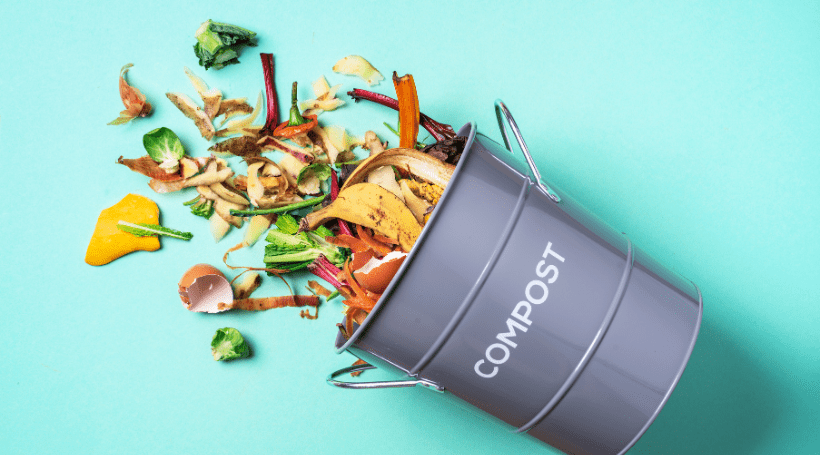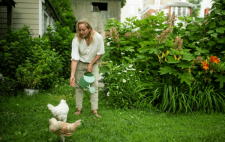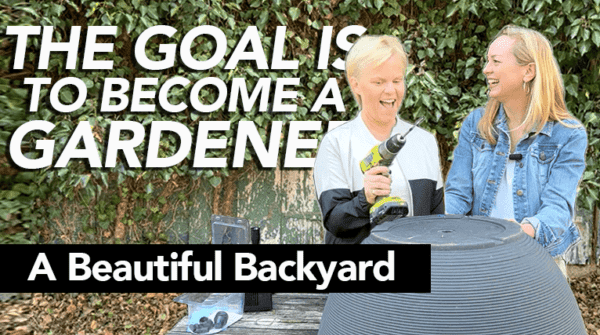We’re nearing the end of our season of sustainability, but we’ve decided to just make every gardening season a season of sustainability. So we got some tips from SJ Mag Media’s resident gardener, Toni Farmer, to help us support the environment while growing our food.
Mulch is your new bestie
Water is like liquid gold in our gardens, but you probably already knew that. One thing you might not know, however, is how valuable mulch can be too.
When you add a layer of mulch on top of your soil, it will help to keep your beds from drying out – also helping to save water through the season, says Farmer.
SuperSEED me
As plants grow in your garden season after season, they learn. Yes, just like people, our plants are figuring out the best way to grow in their environment and adapting to their conditions. But when you introduce a new seed to the environment, it can take time to get used to the new conditions, and can even fail.
But if you save your seeds from season to season, you’re growing “super” seeds that are great at growing in your garden. “It’s called selective breeding,” Farmer says. “Don’t save the seeds from that dinky little zinnia flower that barely made it. Save them from the spectacular zinnia and the giant, gorgeous tomato. The most beautiful of whatever it was that you grew.”
It’s not just a great way to make your life a little easier, it can also help conserve resources like water and compost because when your plant grows well in the garden, you don’t need to do as much troubleshooting through the season. (But be prepared, this doesn’t mean you have a hands-off season ahead of you.)
Turn trash into treasure
One person’s trash is actually the secret weapon to keeping your garden growing beautiful and healthy. Well, a specific kind of trash.
Keeping a compost pile made of your food scraps and yard scraps is a great tool for gardeners trying to sustain their soil health, which is necessary for our plants to grow. “You want about ¾ of your pile to be brown – the dead ingredients like leaves, sticks, anything that’s turned brown,” Farmer says. “The other ¼ of the pile should be green, the wet ingredients. That’s anything still vibrant and green plus our food waste.”
Get tips to start your own compost pile here.
Bring in the bugs
They haven’t always been our favorite, but insects are a big contributor to the gardening team. So we’re going to great lengths to help them out – and to bring them into the garden – like starting a pollinator garden.
When we plant flowers that pollinators – like bees and butterflies – love, they will come to our garden and pollinate our crops (a crucial step in the lifecycle of plants). Those pollinator gardens also give insects, some of which are endangered, a safe place to get food.













